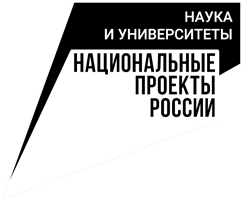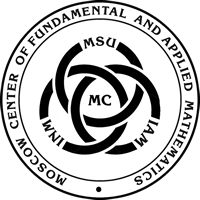The meeting of the seminar
«Supercomputer technologies
in science, education and industry»
| Chairman of the organizing committee | |
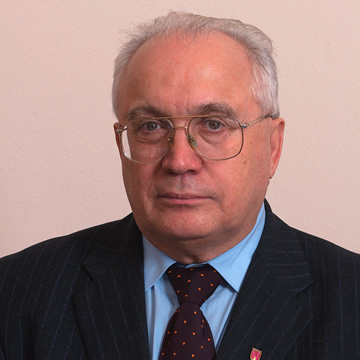 |
Sadovnichy V.A. academician, rector of Lomonosov Moscow State University |
Co-Chairs of the organizing committee |
|
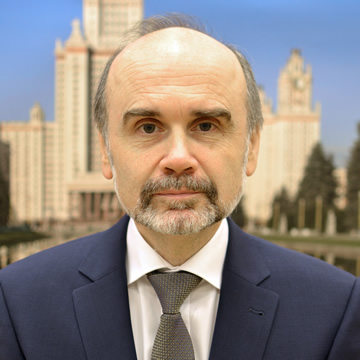 |
Voevodin Vl.V. Corr. RAS, Director of Research Computing Center of Moscow State University |
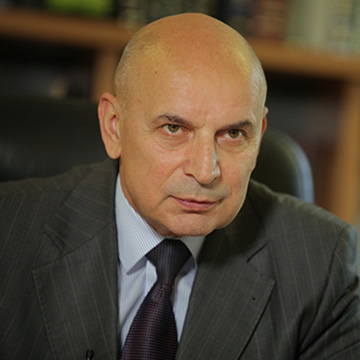 |
Sokolov I.A. academician, dean of the faculty of Computational Mathematics and Cybernetics of Lomonosov Moscow State University |
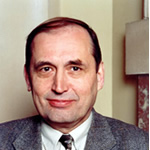 |
Tikhonravov A.V. D. in Physics and Mathematics, Professor, Research Computing Center of Moscow State University |
Scientific Secretary of the seminar |
|
| Hudoleeva A.A. Research Computing Center of Moscow State University |
|
The seminar was organized on the basis of the Scientific and Educational Center «Supercomputer Technologies». The reports cover all aspects of the use of supercomputers, parallel computing systems and distributed data processing methods for solving large computational problems. The seminar has a pronounced interdisciplinary nature, however, the various nuances of using supercomputer technologies are of interest to researchers from various fields.
The seminar is supported by the Moscow Center of Fundamental and Applied Mathematics.
Researchers, teachers, graduate and undergraduate students are invited.
PROGRAM
16:20 (GMT +3)
| Nechipurenko D.Y. Ph.D., Senior Researcher, Lomonosov Moscow State University, Faculty of Physics; Head of the Laboratory of Biorheology and Biomechanics, CTPPCP RAS |
|
| Masaltseva A.A. Junior Researcher, Laboratory of Biorheology and Biomechanics, CTPPCP RAS |
|
| Panteleev M.A. Corr. RAS, Ph.D., Professor, Lomonosov Moscow State University, Faculty of Physics, Director of CTPPCP RAS |
Supercomputer modeling of hemostatic response to microvascular injury
Despite decades of research, the mechanisms regulating the dynamics of hemostatic response remain the subject of scientific search. The lack of understanding of fundamental issues related to the regulation of thrombus growth in norm and pathology is an important obstacle to the development of effective diagnostic tools and pharmacological methods to correct the state of the hemostasis system in patients. To date, computer models that allow to study the dynamics of thrombosis in a wide range of hemodynamic and biochemical conditions are increasingly used to solve this problem. The report is devoted to the results of thrombus growth modeling using a new supercomputer model of thrombosis, which allows to study various scenarios of arteriolar damage. The results obtained allowed us to propose a new hypothesis about the mechanism limiting thrombus growth in the case of normal hemostatic response.
References:
- Masalceva, A.A., Kaneva, V.N., Panteleev, M.A., Ataullahanov, F., Volpert, V., Afanasyev, I. and Nechipurenko, D.Y., 2021. Analysis of microvascular thrombus mechanobiology with a novel particle-based model. Journal of Biomechanics. DOI:10.1016/j.jbiomech.2021.110801
- Kaneva VN, Dunster JL, Volpert V, Ataullahanov F, Panteleev MA, Nechipurenko DY. Modeling thrombus shell: linking adhesion receptor properties and macroscopic dynamics. Biophysical journal. 2021 Jan 19;120(2):334-51. DOI: 10.1016/j.bpj.2020.10.049
- Trifanov PV, Kaneva VN, Strijhak SV, Panteleev MA, Ataullakhanov FI, Dunster J, Voevodin VV, Nechipurenko DY. Developing Quasi-Steady Model for Studying Hemostatic Response Using Supercomputer Technologies. Supercomputing Frontiers and Innovations. 2018 Nov 27;5(4):67-72. DOI: 10.14529/jsfi180406
